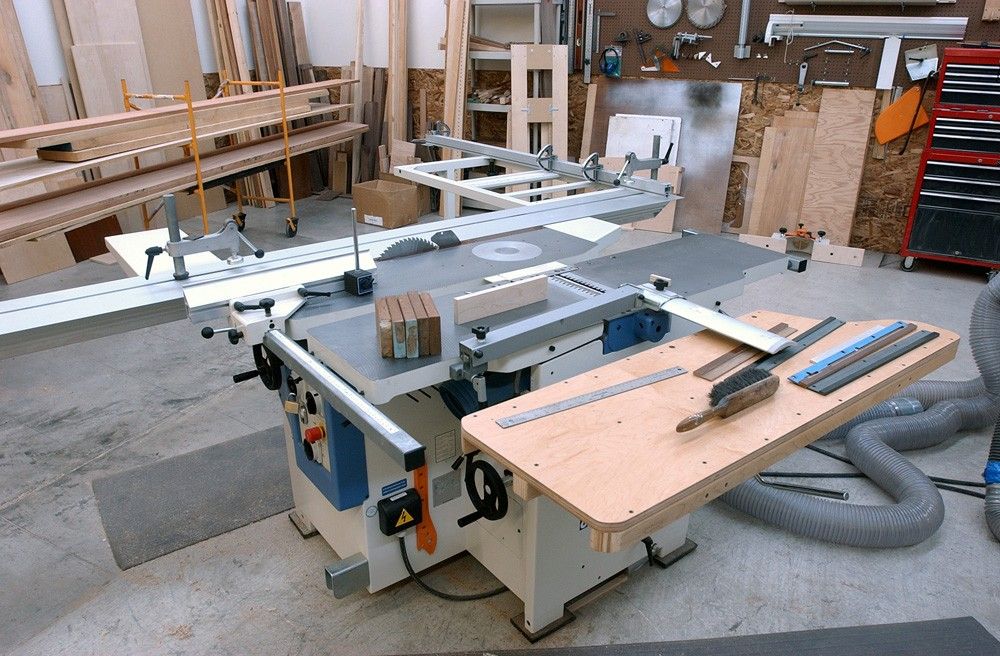I can see that being great for the kind of special project he has, but clearly would interfere with frequently "changing gears" so to speak and processing sheet goods. I like the idea of having the parallel measuring system in place with all the flip-stops "preset" for the expected widths, and the ability to flip them up to cut the high aspect job, and then flip them down "out of the way" without having to remove the jig for the next full sheet sizing. Again .. simply because that's the kind of work I'm doing.





 Reply With Quote
Reply With Quote




